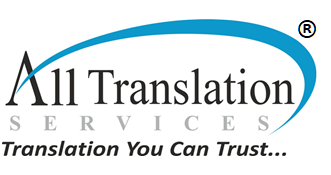Transcreation v/s Translation
If you’re wondering the difference between translation and transcreation services, you’re not the only person who has this question. Understanding these terms will help you ensure that you get the service you need and that your translator means what they say.
How is Transcreation Different from Translation?
Translating is all about replacing words in one language with words in another. On the other hand, Transcreation services try to keep the same message and concept in the same place in a new language. A translator can use their creativity and knowledge of different cultures to make content for a different group.
Further, here are a few ways to tell how both are different from each other:
Transcreation starts with a creative brief
In contrast to translation, which starts with an original text, transcreation starts with a creative brief, same as your other creative projects start with a creative brief in your original language.
Further, the text isn’t enough for the transcreation service. Rather, you’ll need to give them a better idea of your creative concept and what you want the copy to do.
Transcreation can be costly
Transcreation is usually charged by the hour or by the project. Whereas the word usually charges translation, sometimes it is charged by the project.Transcreators don’t charge per word because they don’t just translate the same way.
The goal is for them to recapture and recreate your brand’s message in a way that makes sense in both languages. Transcreation is a type of creative service similar to copywriting, graphic design, or video production.
Transcreation specialists are writers
As a rule, transcreation service providers are copywriters who write in other languages instead of translators. However, some translators also offer copywriting services in other languages. In general, these are two different types of services that the same people do not always offer.
Creative translation is tougher than a literal translation
The creative translation may be what the client wants. However, that doesn’t mean the source text isn’t taken into account at all. To be sure, the translator should also pay attention to the content and tone of the source text.
Most of the time, the translator would not think too much about the original source text. To make sure the client’s desire is clear in the target language, they would make a new text that emphasizes it correctly. Since a truly creative translation is very different from a literal translation. It’s because the translator has to start over when writing in a different language.
Transcreation is for creative, marketing-focused copy
The translation is good for informational text. You can use it. However, it’s better to use transcreation if you want people to do something in marketing text.
However, transcreation is more than just changing the images on your website. This isn’t what transcreation is about. Instead, it is about making new content that captures the brand’s voice and message in a new language.
As a translator, you can use transcreation as another tool in your toolbox to help you make your translations more authentic and personal for your audience, no matter where they are in the world.
